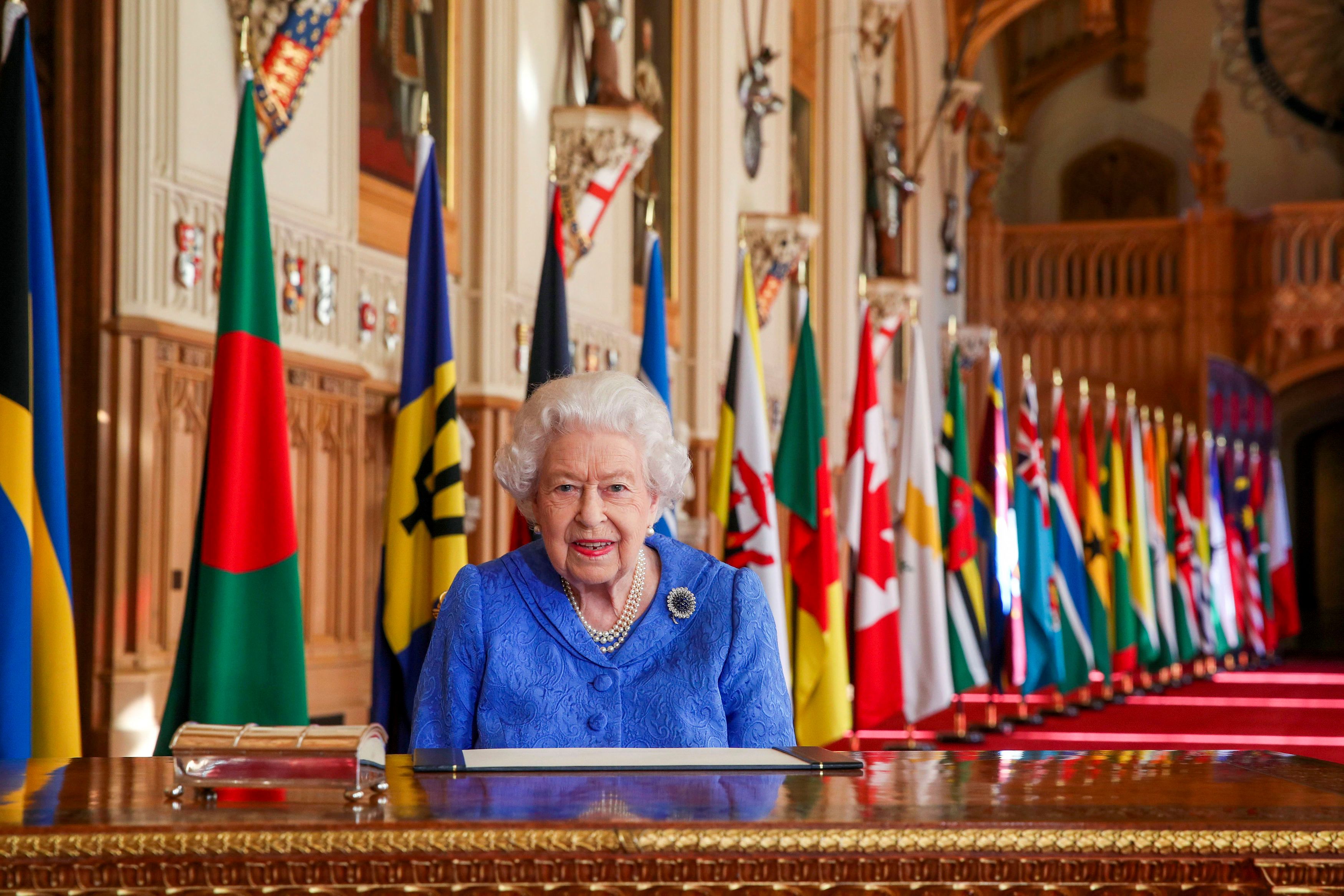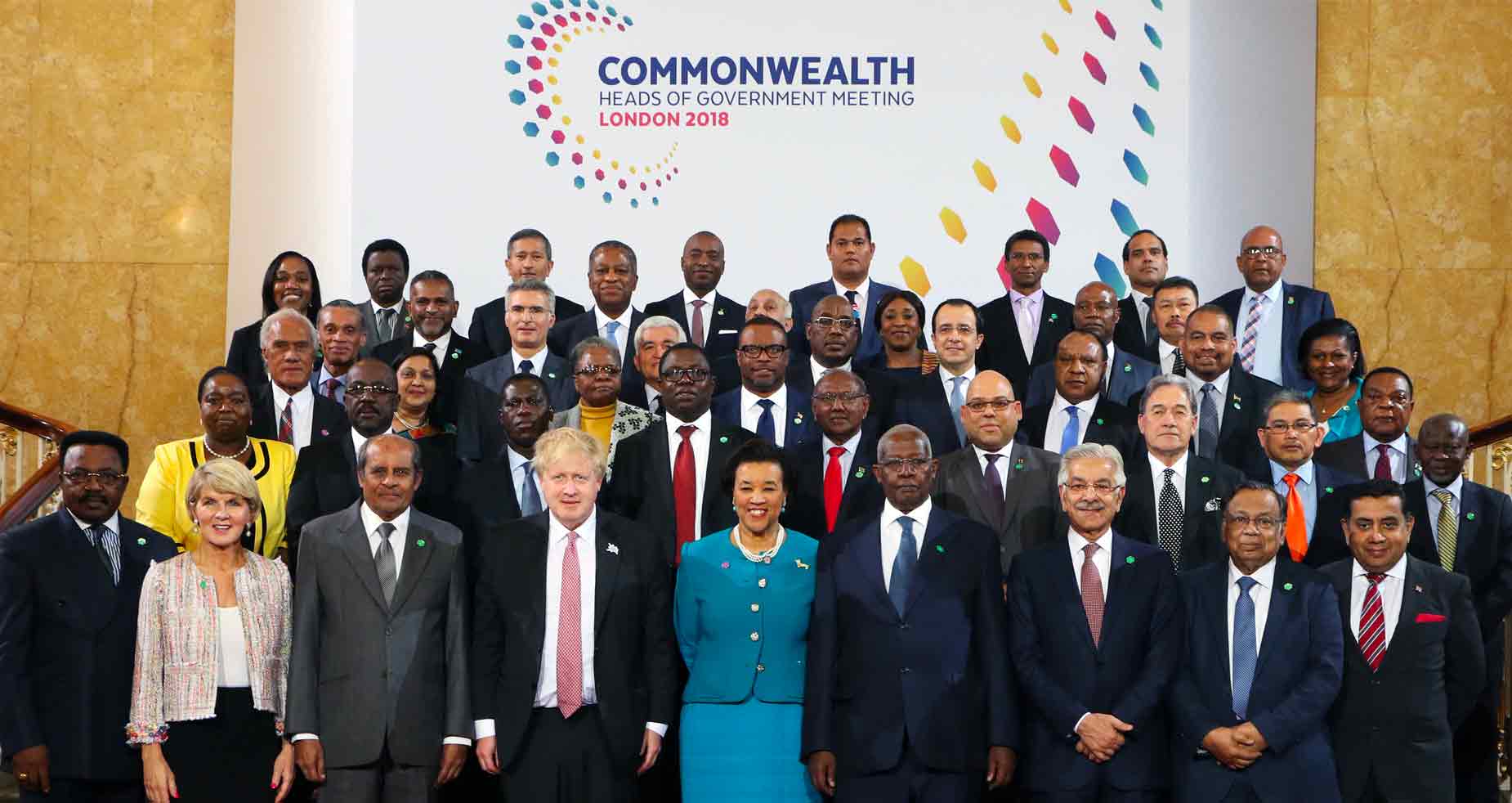A Brief History Of The Commonwealth Of Nations
In terms of the historical association of states, the Commonwealth is one of the oldest in the world. It had roots in the British Empire when Britain ruled nations around the world.


As time progressed, different nations of the empire began to gain varying levels of independence from Britain. Some of these countries were only semi-independent, and they were referred to as dominions. The leaders of such territories began to attend imperial conferences, and this will be the earliest version of what will later be the commonwealth. Such territories included Australia, India, Canada, and the Irish Free State. At an Imperial Conference in 1926, there was an agreement between Britain and the Dominions that Britain did not rule the Dominions. Still, they owed allegiance to the British King and Queen – This community was called the commonwealth.


Over time, the Dominions and other British territories became independent of the United Kingdom. For example, in 1947, India gained independence. While India wanted freedom from Britain, it also wanted to remain part of the Commonwealth. According to the London Declaration issued by Commonwealth Prime Ministers in 1949, republics and other countries can join the Commonwealth. Thus, there was the birth of the Modern Commonwealth of Nations.
George VI was the first Head of the Commonwealth, and Queen Elizabeth II succeeded him when he died. Yet, the British monarch does not automatically hold the title of Commonwealth Head. Instead, members of the Commonwealth decide who becomes the Commonwealth’s head.
